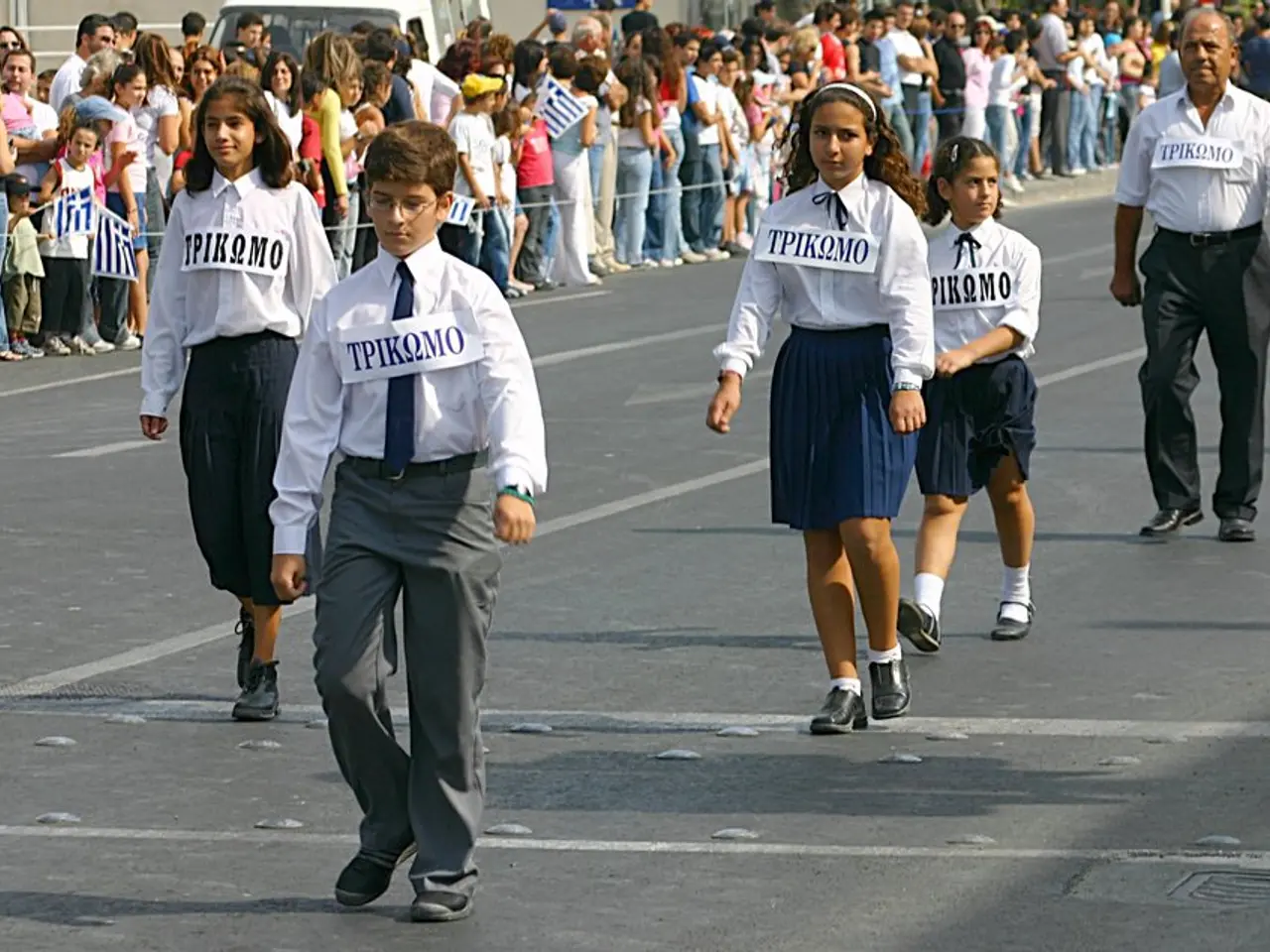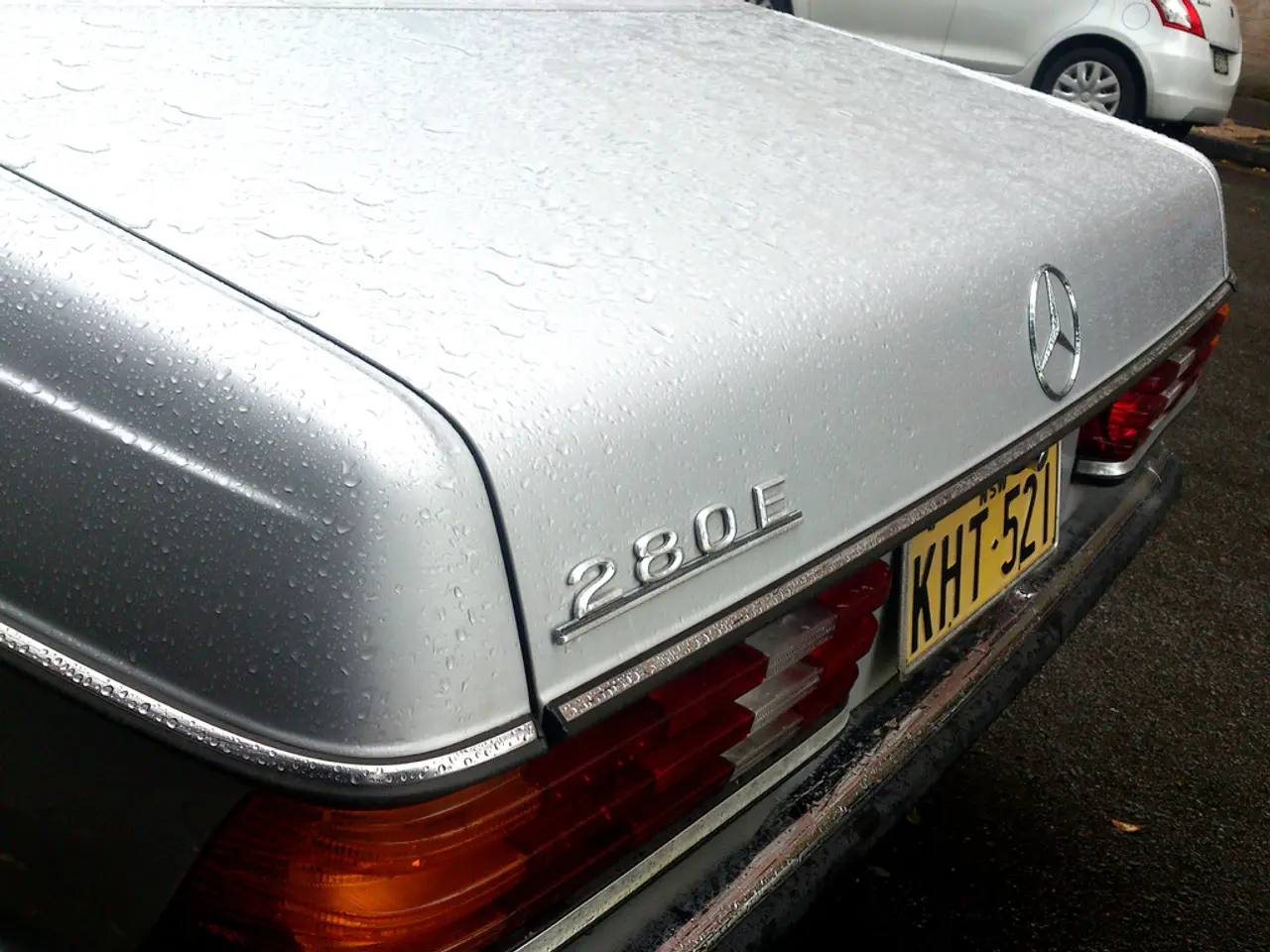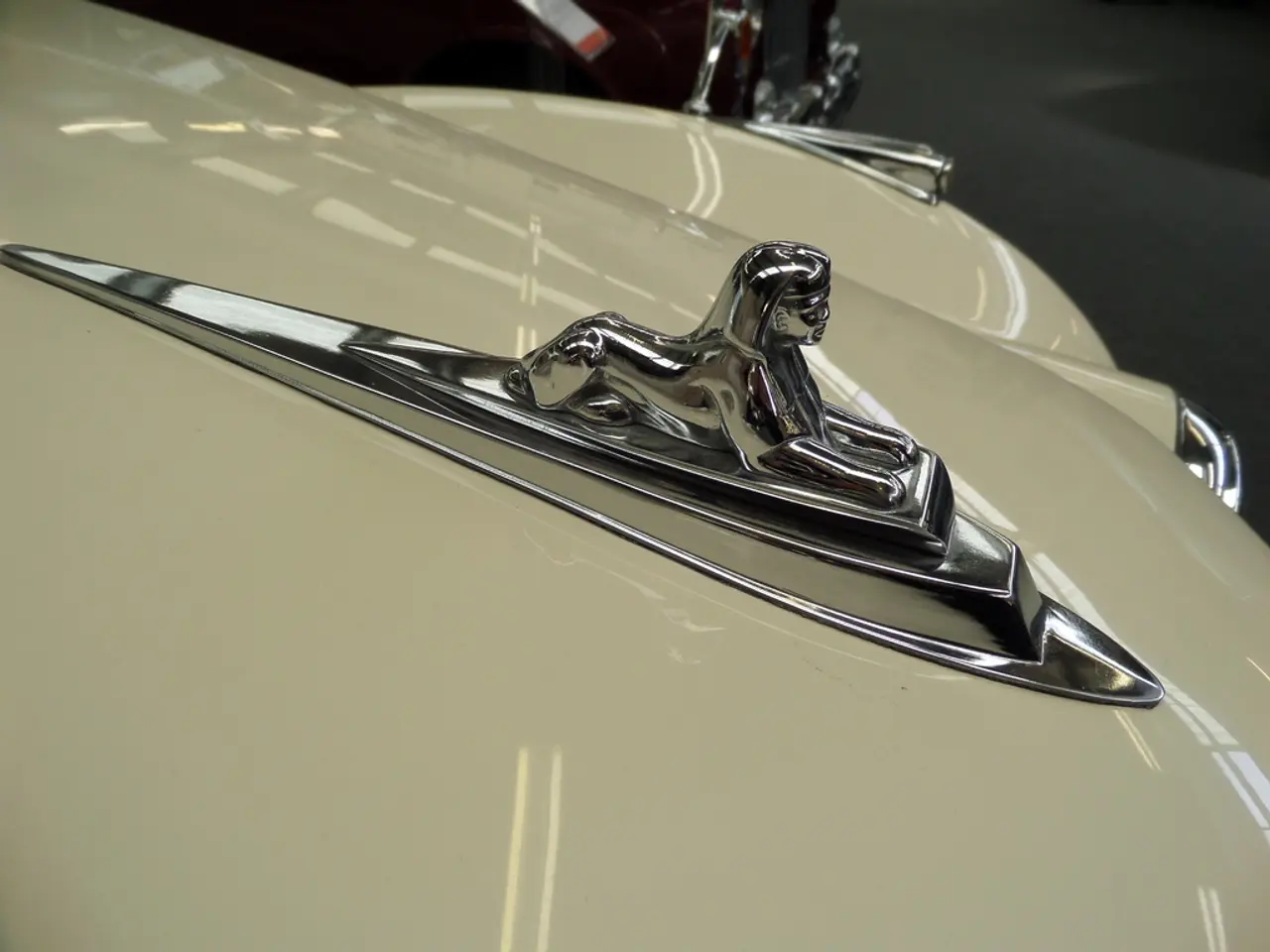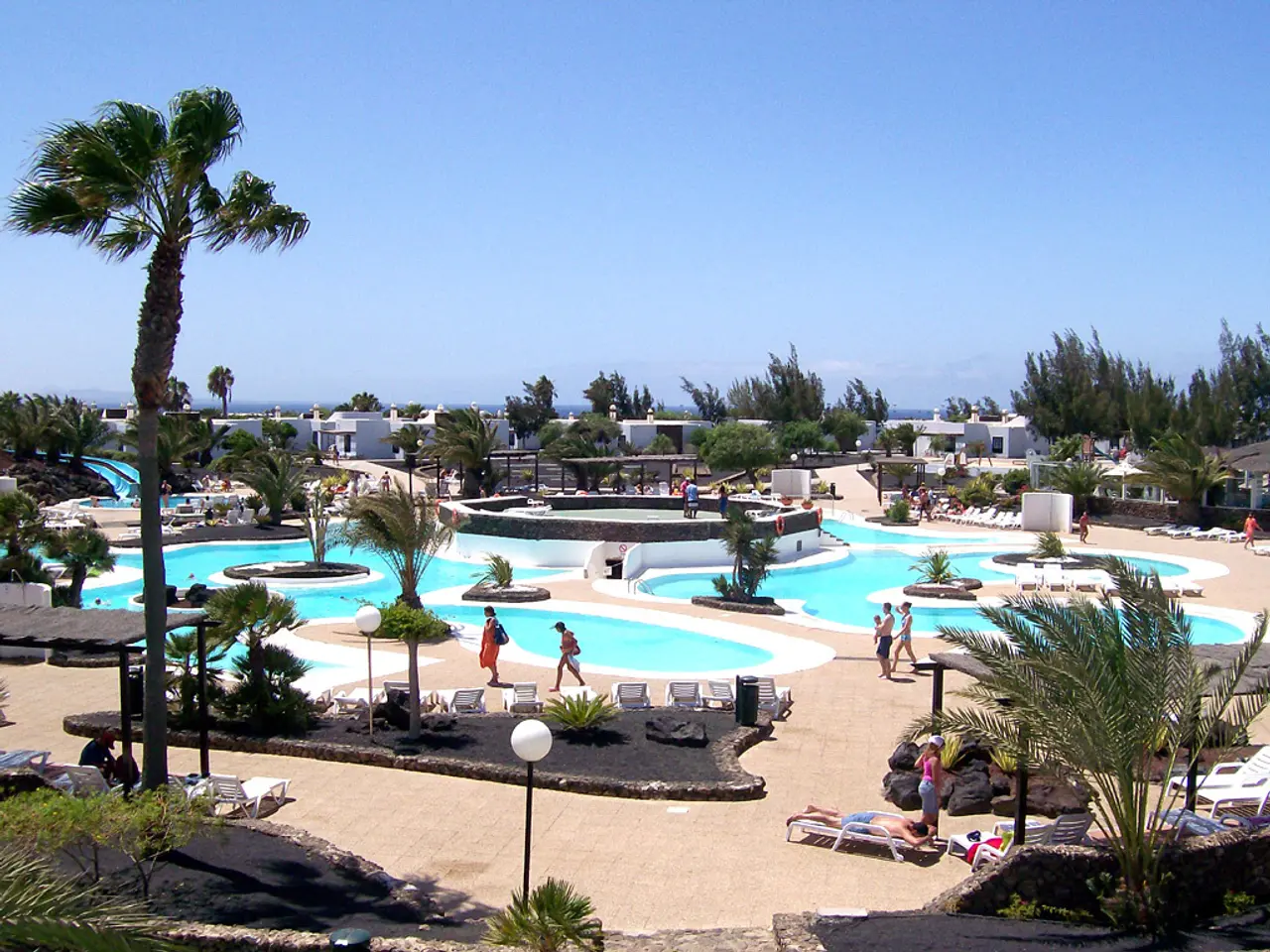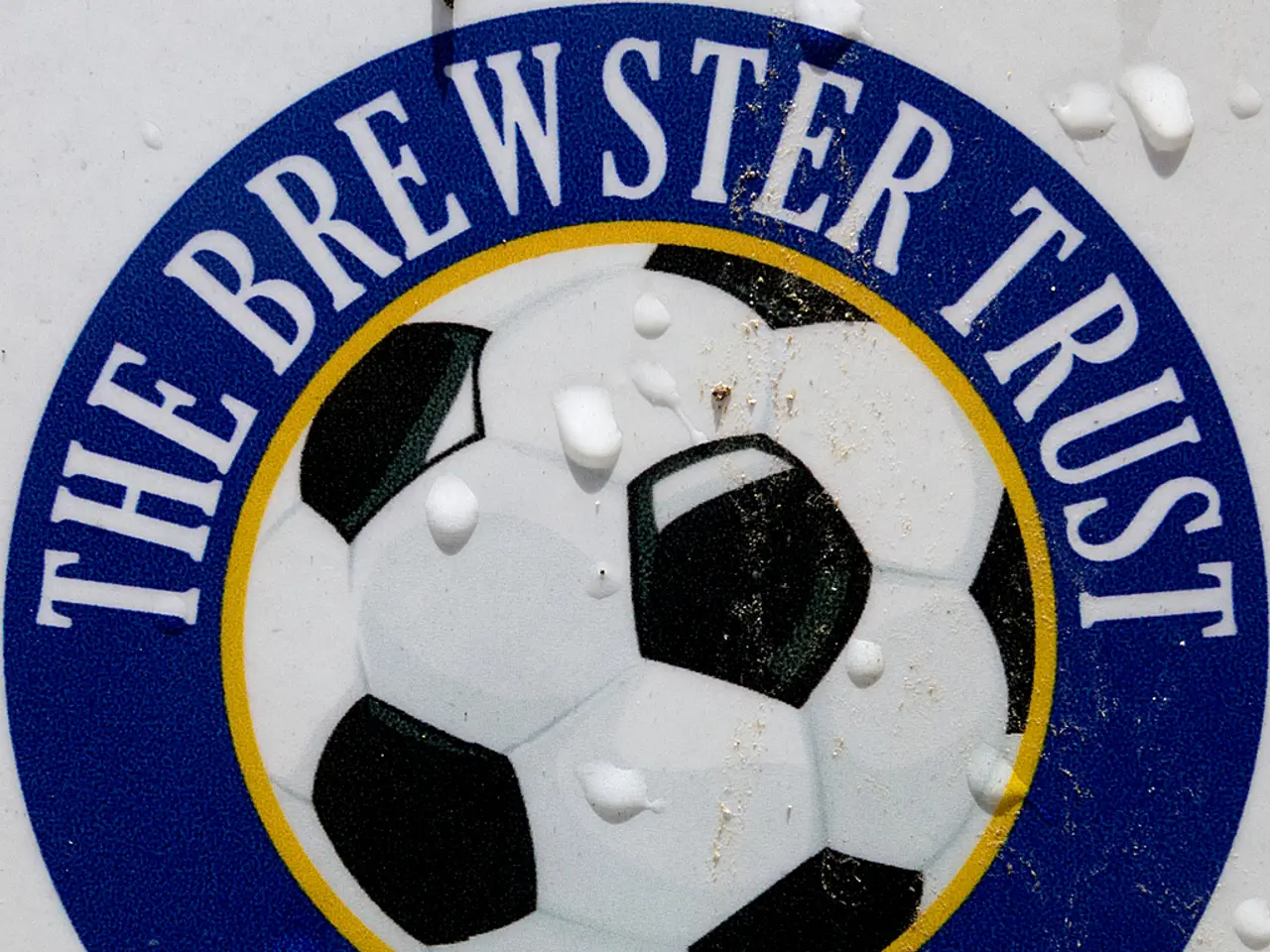Distinguished Artists in Pop Art: A Must-Know List for Aspiring Designers
In the vibrant world of art, two movements have left an indelible mark – pop art and street art. Both emerged as a response to the changing cultural landscape of the mid-20th century, drawing inspiration from popular culture, consumer goods, advertising, and media imagery.
Robert Rauschenberg, often hailed as a precursor to the pop art movement, revolutionised the art world with his innovative use of non-traditional materials and objects in his works. Meanwhile, David Hockney, famed for his sun-drenched landscape paintings, quickly gained recognition as a leading pop art practitioner with his early works characterised by a humorous mood, vivid colours, and magazine-style images.
Evelyne Axell, one of the most influential female pop art artists, was a pioneer in Belgium. Her provocative paintings focused on female sexuality, using a unique process that involved cutting silhouettes of women from plastic sheeting and applying vibrant enamel paint to their faces and bodies. Her breakthrough series, "Erotomobile" (1964-66), combined images of nude women with automobile parts.
As pop art was making waves, street art began to take shape as a public, often unsanctioned form of artistic expression in urban spaces. Artists like Claes Oldenburg incorporated elements of street life such as graffiti, store windows, and commercial signs, exploring ordinary objects and their cultural significance in innovative ways. This connection to urban visual culture laid the conceptual groundwork that street art would later expand upon.
Pop art and street art share a focus on popular culture, public accessibility, and a challenge to traditional art norms. They influenced each other through the use of bold imagery, social commentary, and the blurring of high and low art boundaries. Contemporary art scenes often blend both genres, with artists drawing on pop art's graphic styles and street art's rebellious spirit.
James Rosenquist, known for his large works often collages of elements from advertising and consumer culture, drew on his background in sign painting and commercial art. Richard Hamilton, regarded by many as the father of British pop art, created a series of renowned works during the 1950s and 60s, including the collage "Just what is it that makes today's homes so different, so appealing?"
Yayoi Kusama, a Japanese pop art artist, transcended the pop art movement by taking influences from surrealism, art brut, minimalism, and abstract expressionism. Keith Haring, a later generation pop art artist, was heavily influenced by New York City graffiti subculture. Claes Oldenburg & Coosje van Bruggen are known for bringing pop art to the masses by enlarging everyday objects and placing them on top of buildings and in the middle of parks.
Eduardo Paolozzi, a Scottish artist, is often credited with establishing the pop art movement with his 1947 collage "I was a Rich Man's Plaything." Andy Warhol, probably the most famous pop art artist today, is known for his prints of celebrities and branded products, such as his mass-produced images of Marilyn Monroe after her death. Peter Blake co-created the sleeve design for the Beatles' 1967 album Sgt. Pepper's Lonely Hearts Club Band, the covers for two of The Who's albums, and the Live Aid concert poster.
Kiki Kogelnik, a less famous pop artist, was highly influential with her striking compositions, flat graphic geometries, and vibrant colour palettes. She often represented the human form in her pieces, including her Womans Lib series of self-portraits with enormous scissors, cut-outs beneath her feet.
In summary, pop art provided conceptual and stylistic tools derived from popular culture that helped street art craft visually striking and socially conscious public works. Street art's public, egalitarian, and dialogical nature, on the other hand, influenced pop art’s evolution toward more direct community engagement and activism. Both movements continue to shape and inspire contemporary art scenes.
- In the realm of graphic design, typography plays a significant role, often found in both pop art and street art, accentuating bold imagery and social commentary.
- The use of innovative materials and objects in photography became notable, as seen in Robert Rauschenberg's work, echoing the creative spirit of pop art.
- A pop art-inspired designer might choose to incorporate bright colors and magazine-style images into their poster designs, reflecting the movement's connection to popular culture.
- The 3D printing industry has been influenced by pop art, with artists creating unique, oversized sculptures of everyday objects reminiscent of works by Claes Oldenburg & Coosje van Bruggen.
- As for painting, the technique used by David Hockney in his early pop art works, characterized by vivid colors and humorous mood, can be adopted in UI design, enhancing user experience (UX).
- Street art influenced how artists approach packaging design, injecting a rebellious spirit into packaging for consumer goods.
- In the world of entertainment, celebrities and pop-culture icons have become subjects for art and graphic design, similar to the works of Andy Warhol.
- The connection between pop art and art brut can be seen in the works of Yayoi Kusama, who transcended the pop art movement by integrating minimalism and surrealism.
- Drawing inspiration from New York City graffiti subculture, artists like Keith Haring brought a raw, energetic style to pop art.
- Peter Blake's influential works, including album covers for the Beatles and The Who, demonstrate the impact of pop art on the music industry.
- Contemporary artists continue to be inspired by pop art movements, blending their influences with street art and contemporary culture, creating a dynamic and evolving art scene.


